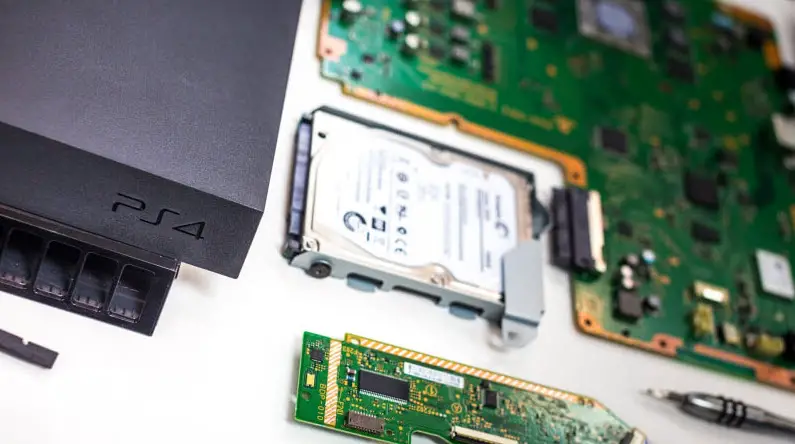
We've infused our new color awareness into every aspect of EditReady. We've also hand-tuned it to fully use Apple's Metal architecture. That's why EditReady's new color conversion pipeline is designed from the ground up to be in high precision floating point mode and adheres to vendor-specific color models.

The recent improvements in color post-production workflows couldn't have happened without extra accuracy, dynamic range, and processing precision. What if you don't specify an output colorspace or apply a LUT? In that case, it's all good, too: EditReady will continue to read the RAW file's metadata and apply any embedded LUTs and color transforms specified on-set. It's a nasty trap to fall into, and we've eliminated that danger for EditReady users. So you get the result you expect, no matter the source file. Doing it the other way round would distort the effect of the LUT during the colorspace conversion. You can choose industry-standard HDR, PQ, or target a vendor log format to maintain a wide dynamic range for flexibility in editing and grading.ĮditReady will convert any RAW footage from ARRI, Sony, RED, or Blackmagic, into your chosen colorspace before applying the LUT. Most of the time, you'll want to create new mezzanine files to replace your RAW footage for the whole project. This two-step process is a foolproof way to carry LUTs through the workflow without nasty surprises.įor example, if you have a specific look in mind (maybe you love the look of ARRI's Rec709 LUT), you can choose ARRI LogC/Wide Gamut as your output format and then select the ARRI LUT. The way to avoid this is to let EditReady convert the original LUT-free video and apply the appropriate LUT after the conversion. When the video is converted, any previously-applied LUT will be distorted, making the image look wrong. Nor do you have to find the correct output LUTs for each camera make and model, because we do that for you.Īpplying the LUT after a color space conversion matters, because if a director has chosen a look on-set, their LUT will only be valid as long as the video remains in the same color space.

EditReady converts any RAW format into these video standards automatically, without you having to worry about camera gamma or gamut settings. The new color conversions options (available through the color conversion panel) let you quickly choose between Rec709 (SDR) and PQ or HLG (HDR). If you're shooting in RAW, or clients bring their RAW footage to you for editing, you'll need to make edit-friendly versions unless you're committed to the cumbersome option of an all-RAW workflow. It's all about giving you control watching your back when you're busy watching something else.

With the release of EditReady 22.2, our new Color Conversion panel takes this philosophy into the color domain, giving you choices where you need to make them, and making sensible decisions where you don't - or where you're simply too flat out to worry about it.

Not familiar with terms like mezzanine, 709, PQ, and HLG? Check the explainers at the end of the blog! Color Conversion panel So we take your camera media and convert it into a "mezzanine" format - a single codec like ProRes or DNx that preserves its visual quality without the overhead of big and unwieldy camera files. The clue's in the name: we've always focused on getting bulky camera footage into an NLE in a shape and form optimized for the job. With EditReady, we want to make sure you don't end up there. Typically these errors don't get caught until late in the production chain (grading, conforming, etc.) - when time's tightest and costs are at their peak. You might not notice a single, subtle error, but they can add up to a project that's just "off" for no obvious reason. When a shoot mixes camera formats, you'll end up with a variety of color spaces, Log types, HDR formats, and LUTs.
#Editready pc equivalent software#
Software that has "awareness" of color workflows, understanding the possibilities while remaining simple to use even in the most stressful projects. But for post-professionals to make the most of the myriad of technical and creative choices it brings, they need better software. The advent of HDR, RAW video, and wider colorspaces mean that post-production workflows are dramatically better at dealing with high-end images today than they were a decade ago.


 0 kommentar(er)
0 kommentar(er)
